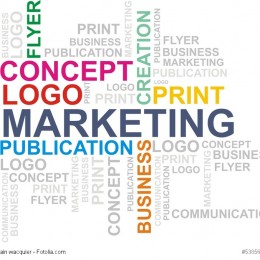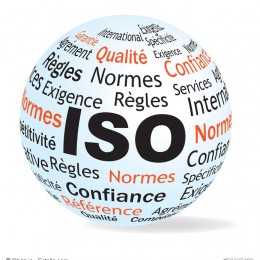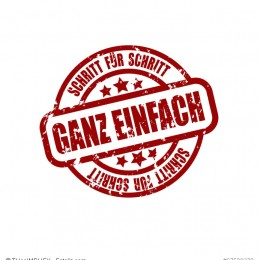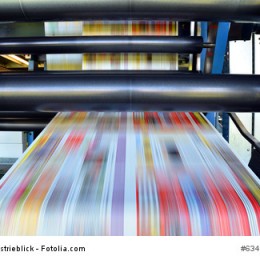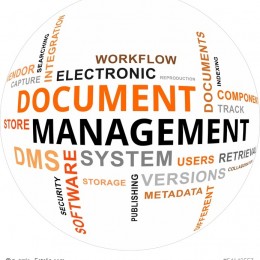Accessible PDF files: PDF/UA
The ISO standard 14289-1, better known as PDF/UA, describes the requirements for universally accessible PDF documents. The PDF/UA standard marked the first time that businesses and government agencies were provided with a guide for ensuring that software, hardware and electronic documents work together as best as possible to eliminate barriers to access. Whenever there is…


